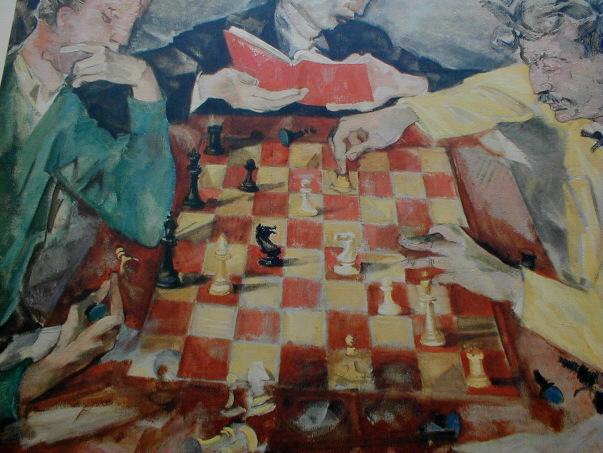Ramblings on Pattern Recognition and Calculation
I have tailored the MDLM circles to my own temperment where I don't want to spend alot of time calculating. I had believed that I could through sheer pattern recognition plow through all these problems and seeing the answers develop strong tactical skills. In fact, I'd like it if the problems were in a Motion Picture format where I could just see an endless loop of all the tactics (removing my calculating brain from the process)
However I now feel that this is not the best methodology. Haste makes Waste. Chess improvement relies upon the combined strength of Pattern Recognition and Calculation.
On my first circle of the entire set, I am making my moves as if I am playing Blitz. This doesn't lead to good recognition but does help me with building Momentum which is very important to me. In the second set I plan to slow down especially where it comes to making the first move.I would like to soak in the original pattern.
I am interested to see if having done Level 90 problems has any effect on my Level 30 problems.This is a departure from my doing minicircle of a smaller easier set.
Last year when I did the Level 20, 14 times I had trouble building pattern recognition. I think this is because I moved too fast trying to solve the problems. Part of the pattern recognition is not only in the moves themselves but in recognizing the initial position structure . If I repeatedly made a wrong first move move, I may of mentally reinforced a bad pattern. Then next circle I will strive to slow down initially.
A benefit of repetitive tactical training is that it makes one calculation process less verbal and more visual thus more faster. My past level 20 training has made me more aware of the type of tactical solution it will be. Whether it will be a backrow mate, a kings march, a push of the opponents king into a wall of my pawn , a sacrifice causing a stalemate, pawn promotion. Sometimes I see a position and immediately see my opponents queen has Limited mobility and look to trap it.
More of this later as I move through the circles.............
Friday -1032




